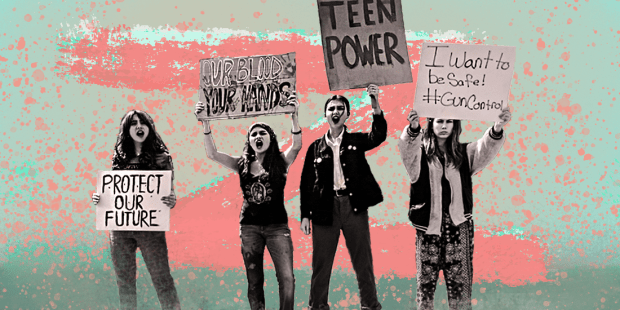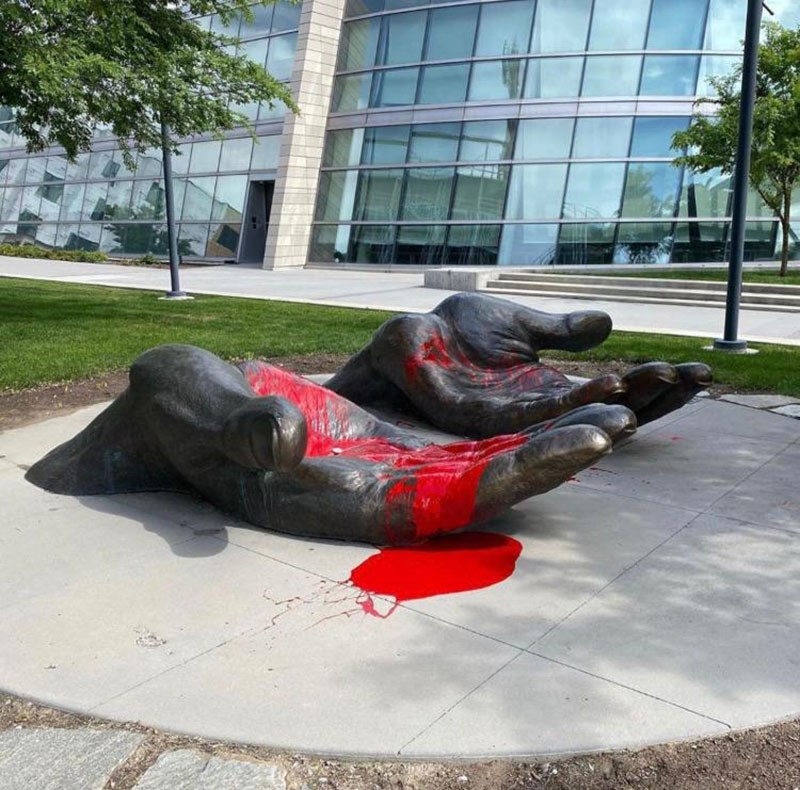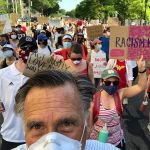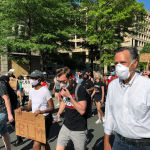Generation Z currently comprises 10% of the American electorate and 4% of likely voters. Gen Z has grown up post-9/11 and has aged through the Trump Administration. This year, the stakes are even higher: with 2020 marked as a year of reckoning with racial unrest, rioting, and a global health crisis.
Generation Z has been widely hallowed as the most liberal generation of all time, but, in reality, much of Gen Z is opposed to the long-held “binary” choices given to the American electorate: that of the Democrat and Republican parties.
Gen Z is currently twice as likely to vote Biden – rather, its clear that they are voting against Trump, and not for Biden. Gen Z is looking for a candidate that encompasses a global perspective and shows foresight and quick actions into key issues that have been mounting for decades: climate change and racial inequality – neither of which is highlighted in the current presidential candidates. For these reasons, Gen Z is more hesitant to identify as part of the Democratic Party and some choose to vote independent which could be the sign of a rising tide towards the end of the two-party system. (Politico 2020 poll takeaways )
Crucially, younger voters historically have a habit of not showing up to the polls. But with the rising amount of youth-led activism with voter registration, may suggest that turnout may be higher this November. With nationwide protests and national reckoning sparked by the murders of George Floyd and Breonna Taylor, young people can’t afford not to vote (Pew research center).
In terms of priority, the top issue for the majority of Gen Z voters is synchronous with older voters: 30 percent say is the most important and 20 percent say it’s healthcare. In regards to the economy, the majority said the country should move away from the current capitalist standard towards a more socialized economy (Politico 2020 poll takeaways).
While presently much of Gen Z is ineligible to vote this year, waves are starting to form and as more young people come of age and turn to the polls, there will be wide rippling changes for American politics as we know it.




